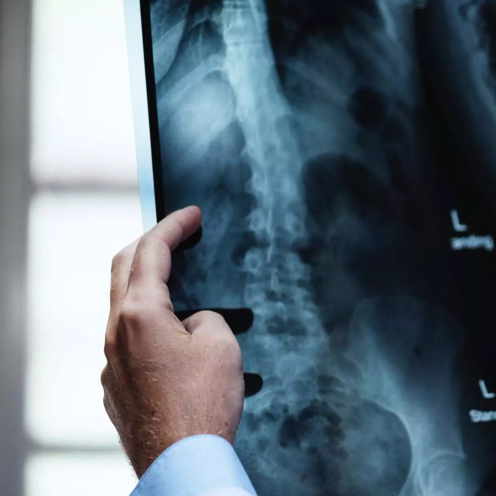Spinal cord injury (SCI) is a serious, irreversible condition that can cause long-term paralysis and motor dysfunction. Many people with SCI report spasticity, abnormal muscle contractions and tightness caused by neurological damage. Studies suggest that chronic spasticity is a significant detriment to quality of life among SCI patients as it can cause pain, sleep problems, and mobility problems.
A team of researchers sought to expand understanding in this field by characterizing SCI patients’ experiences with spasticity. The team administered several spasticity assessment questionnaires to 1,076 adult patients with SCI across six SCI Model Systems hospitals. Several of these measurement tools included components to assess quality of life. After analyzing the results, the research team found that:
- Muscle spasms typically occurred in response to movement-related triggers, but up to one-third reported that spasms occurred spontaneously.
- Frequency of spasms decreased with age. More than half of participants younger than 25 years reported spasms compared to slightly less than one-third of participants older than 55 years.
- Stiffness associated with spasms was more common and longer-lasting than spasms.
- The most problematic spasticity-related experiences were all-day muscle stiffness, sleep disturbances, and pain.
- Stretching and exercise were more effective treatments than were antispasmodic medications.
Spasticity-related muscle stiffness emerged as a more significant problem than spasms themselves. Importantly, SCI patients reported that physical protocols such as stretching and exercise were more useful for spasms and stiffness than were antispasmodic drugs, indicating a need to develop and implement physical therapeutic interventions to treat spasticity and improve quality of life in patients with SCI.
Field-note EC, Furbish CL, Tripp, NE, et al. Characterizing the experience of spasticity after spinal cord injury: A national survey project of the Spinal Cord Injury Model Systems Centers. Archives of Physical Medicine and Rehabilitation. (2022).

